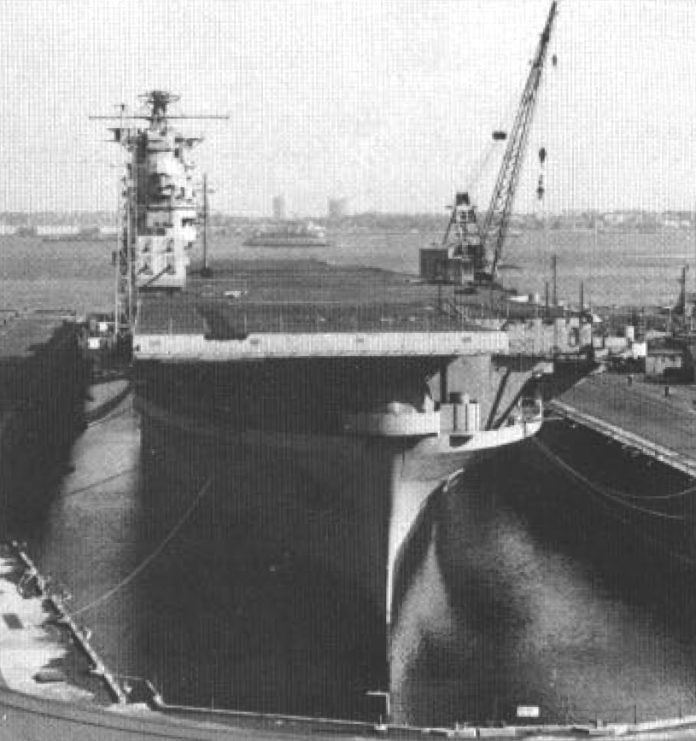
During World War II, the U.S. Navy constructed twenty-four Essex-class aircraft carriers, with only two not continuing their service into the Cold War era.
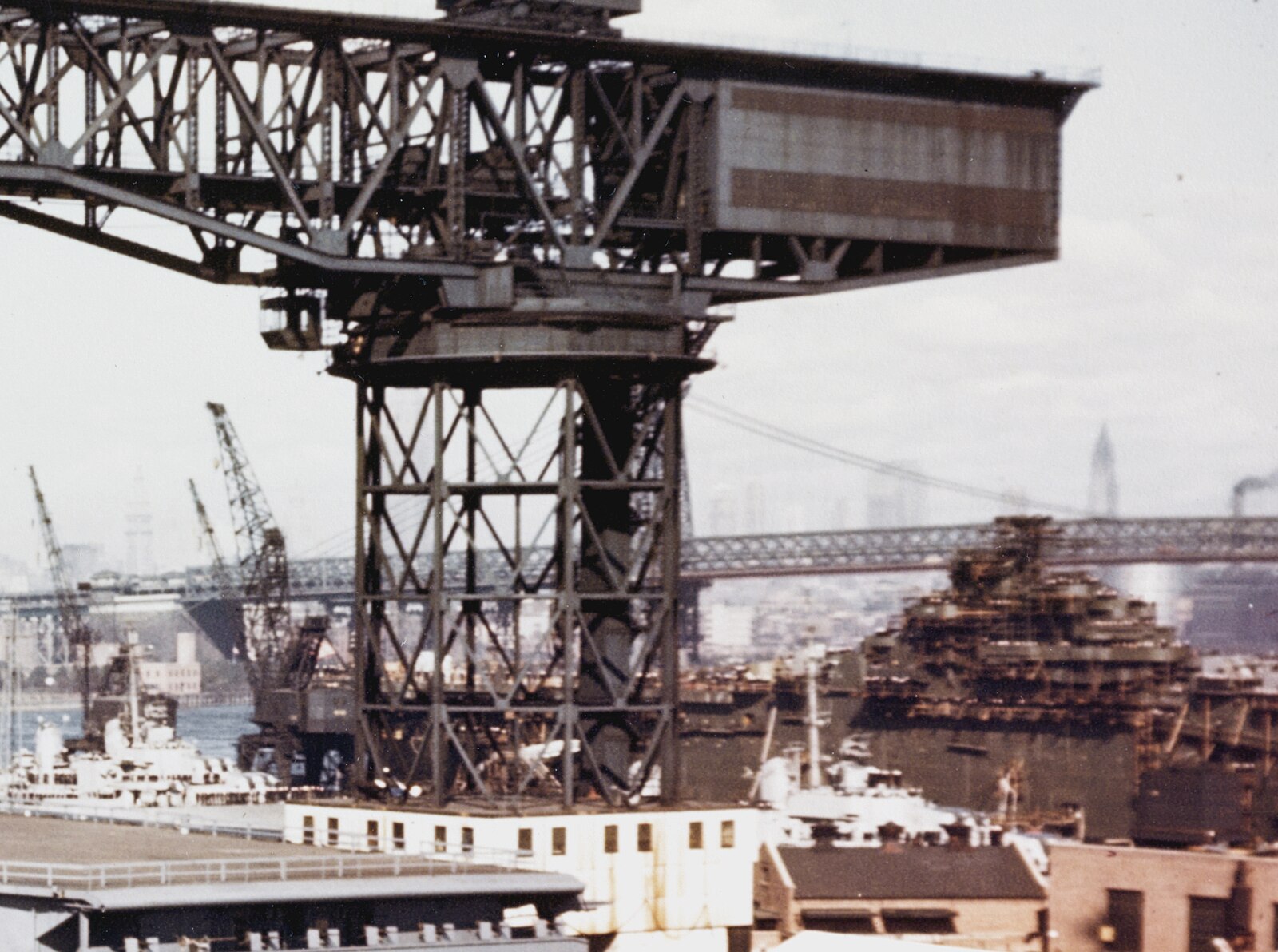
Among them was the USS Franklin (CV-13), which garnered numerous accolades, including four battle stars for its distinguished service. Notably, its crew achieved remarkable distinction, becoming one of the most decorated in Navy history.

Adding to its acclaim is the fact that CV-13 was commissioned relatively late, on January 31, 1944. Assigned to the Pacific theater, the carrier played a vital role in the Mariana Islands Campaign, offering air support during pivotal amphibious operations on islands such as the Bonin Islands, Guam, and the Palau Islands.
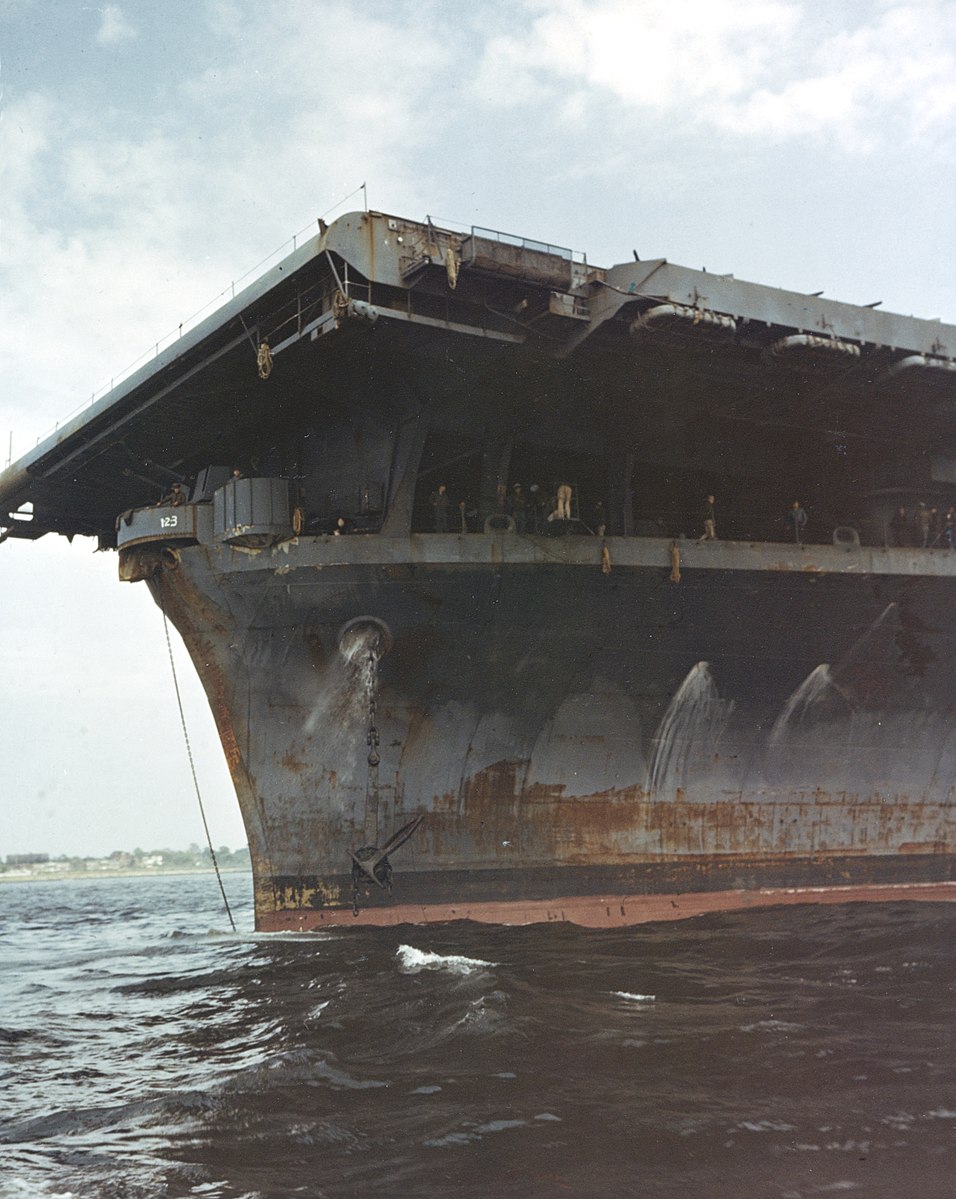
Furthermore, it participated in the Battle of Leyte Gulf, where on October 30, 1944, it bravely withstood a devastating assault by Japanese kamikaze pilots, resulting in damage to its flight deck. Following repairs at the Puget Sound Navy Yard in Bremerton, Washington, the USS Franklin – affectionately dubbed “Big Ben” by her crew – resumed service and joined Task Force 58 in March 1945.

Engaged in supporting air strikes on the Japanese home islands to aid in the Okinawa landings, tragedy struck on March 19 when a Japanese bomber targeted the carrier, dropping two 550-pound semi-armor-piercing bombs. The initial bomb struck the flight deck, causing a devastating explosion that claimed the lives of nearly all crewmembers in the forward section of the hangar deck.

A second bomb compounded the catastrophe, igniting fires that rapidly consumed the ship and its complement of aircraft. At the time of the attack, the flight deck hosted 31 armed and fueled aircraft while the hangar deck housed an additional 22 planes, 16 of which were fueled and five armed.
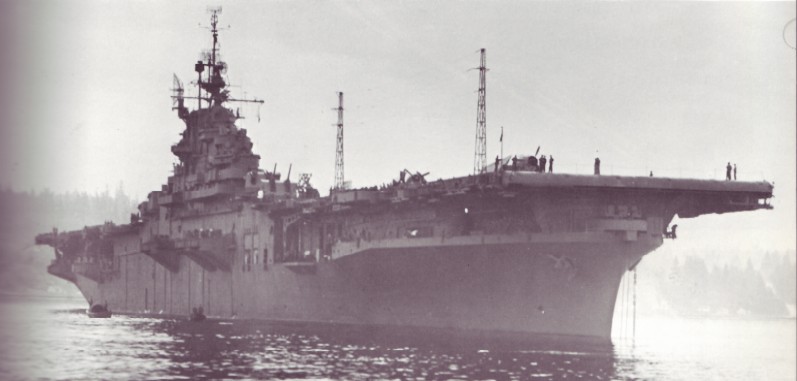
The detonation triggered a chain reaction of explosions involving ordnance, “Tiny Tim” rockets, and aviation fuel, leaving just two survivors in the hangar deck.

The assault didn’t end there. Following the initial strike, waves of Japanese aircraft continued their relentless onslaught, comprising five more bombers, 14 torpedo planes, and a dozen fighters. Clearly, Big Ben was a prized target for the Imperial Japanese Navy. Left incapacitated just 50 miles off the coast of Japan, the ship listed as much as 13 degrees to starboard, rendered effectively immobile.
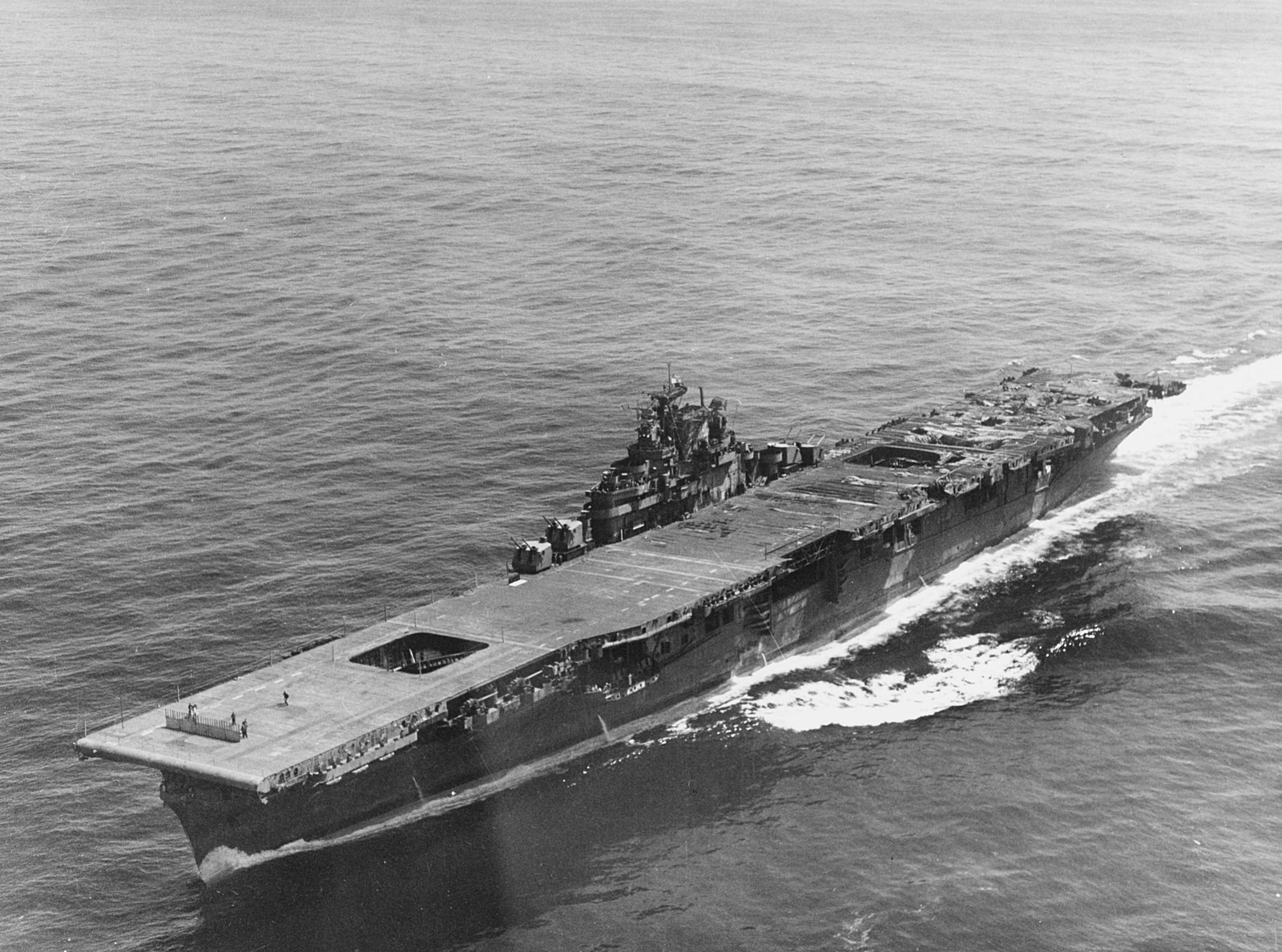
Despite losing all radio communications, the crew of the USS Franklin displayed remarkable resilience in the face of adversity. Many bravely fought to save the stricken warship, even as casualties mounted from the devastating attack.

While urged to abandon ship, Captain Leslie E. Gehres refused, clinging to hope that the vessel could be salvaged. Against overwhelming odds, CV-13 miraculously endured, earning the moniker “The Ship That Wouldn’t Die.”
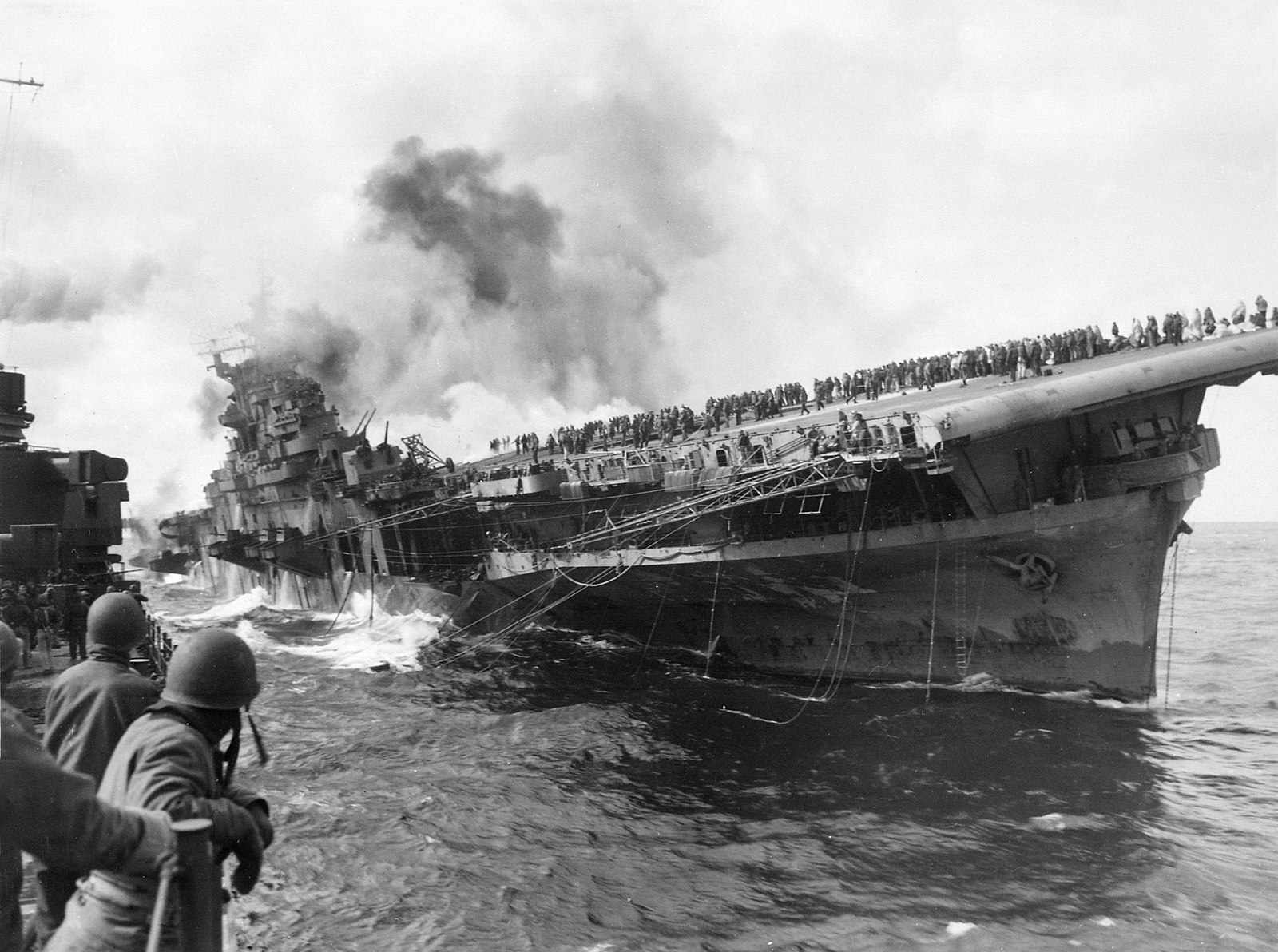
However, this survival came at a heavy cost, with 796 sailors losing their lives and 265 sustaining injuries. Combined with casualties from a previous kamikaze attack on October 30, 1944, the USS Franklin suffered a staggering toll of 924 fatalities, second only to the USS Arizona (BB-39), sunk at Pearl Harbor.

Among the heroes emerging from this tragedy were Lieutenant Commander Joseph T. O’Callahan and Lieutenant Donald A. Gary, both awarded the Medal of Honor for their selfless actions in tending to the wounded and saving lives. Additionally, the crew received 19 Navy Crosses, 22 Silver Stars, 116 Bronze Stars, and 235 Letters of Commendation. The U.S. Navy posthumously honored 808 sailors with Purple Hearts, while 347 survivors received the same recognition for their sacrifices.
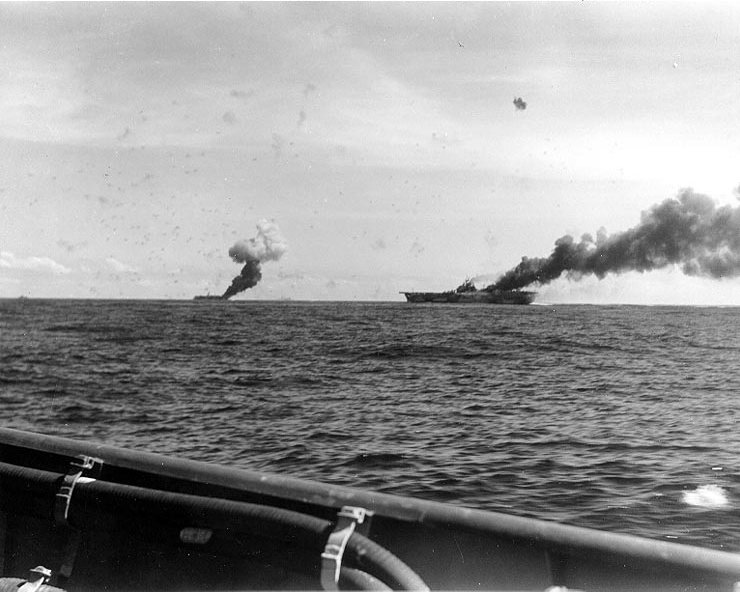
The USS Franklin’s crew, recognized as the most decorated in U.S. Navy history, earned their awards through extraordinary valor and dedication.
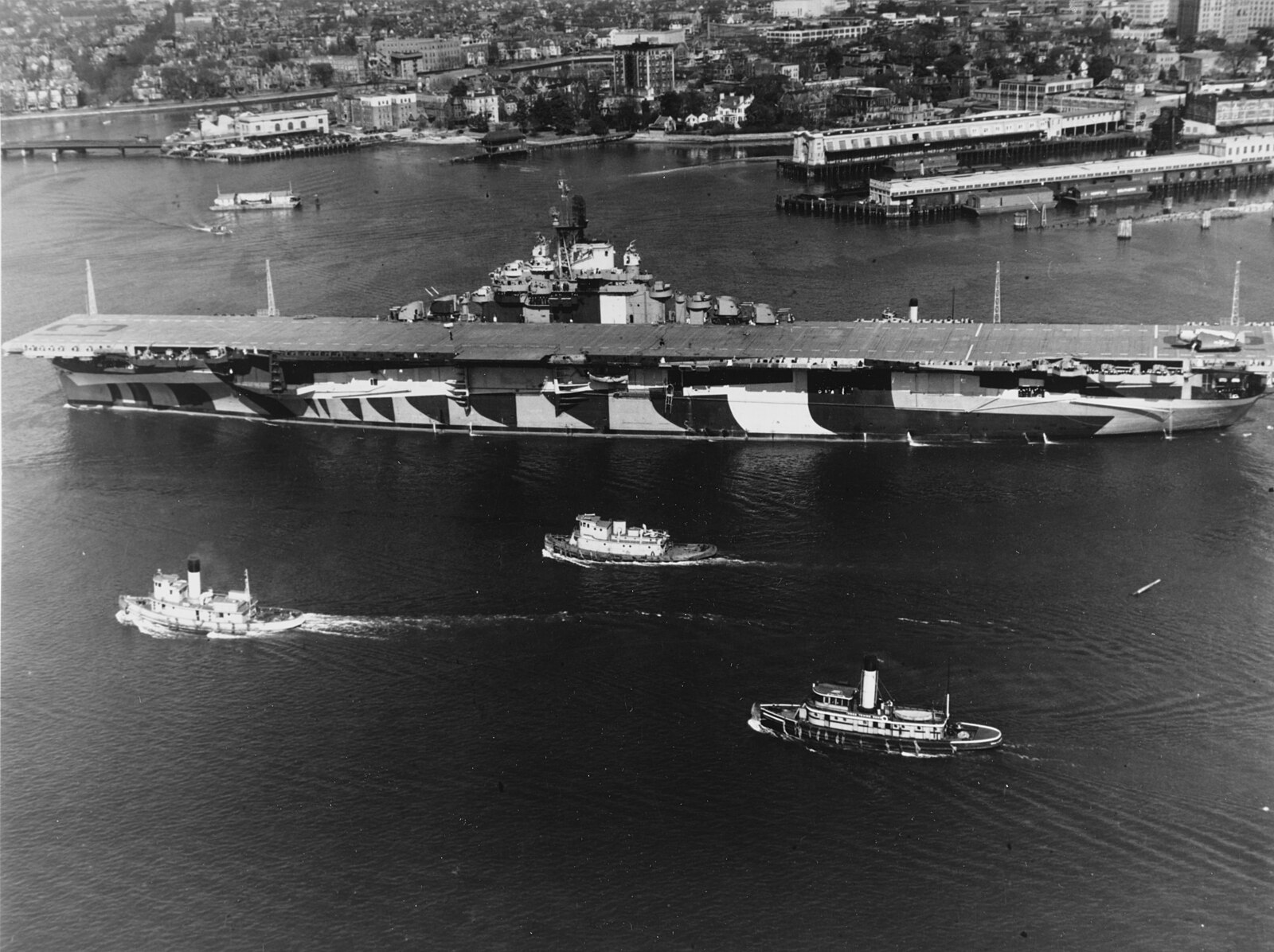
Following the end of the war, the carrier underwent repairs and was subsequently assigned to the Atlantic Reserve Fleet. Despite being redesignated as an attack aircraft carrier (CVA-13), an antisubmarine warfare support carrier (CVS-13), and finally an aircraft transport (AVT-8), she never resumed active duty.

Together with the USS Bunker Hill (CVN-17), which also sustained damage from a kamikaze attack, the USS Franklin remained one of only two U.S. Navy Essex-class carriers never to return to service. Her retirement could be viewed as a well-deserved conclusion to her wartime service, solidifying the reputation of the Essex class as virtually indestructible.
Relevant articles:
– USS Franklin Proved the Essex-Class Aircraft Was Almost Unsinkable, The National Interest
– Essex (CV, navy.mil
– Survival: The Story of the USS Franklin, Warfare History Network
– USS Franklin Museum Association, ussfranklin.org
